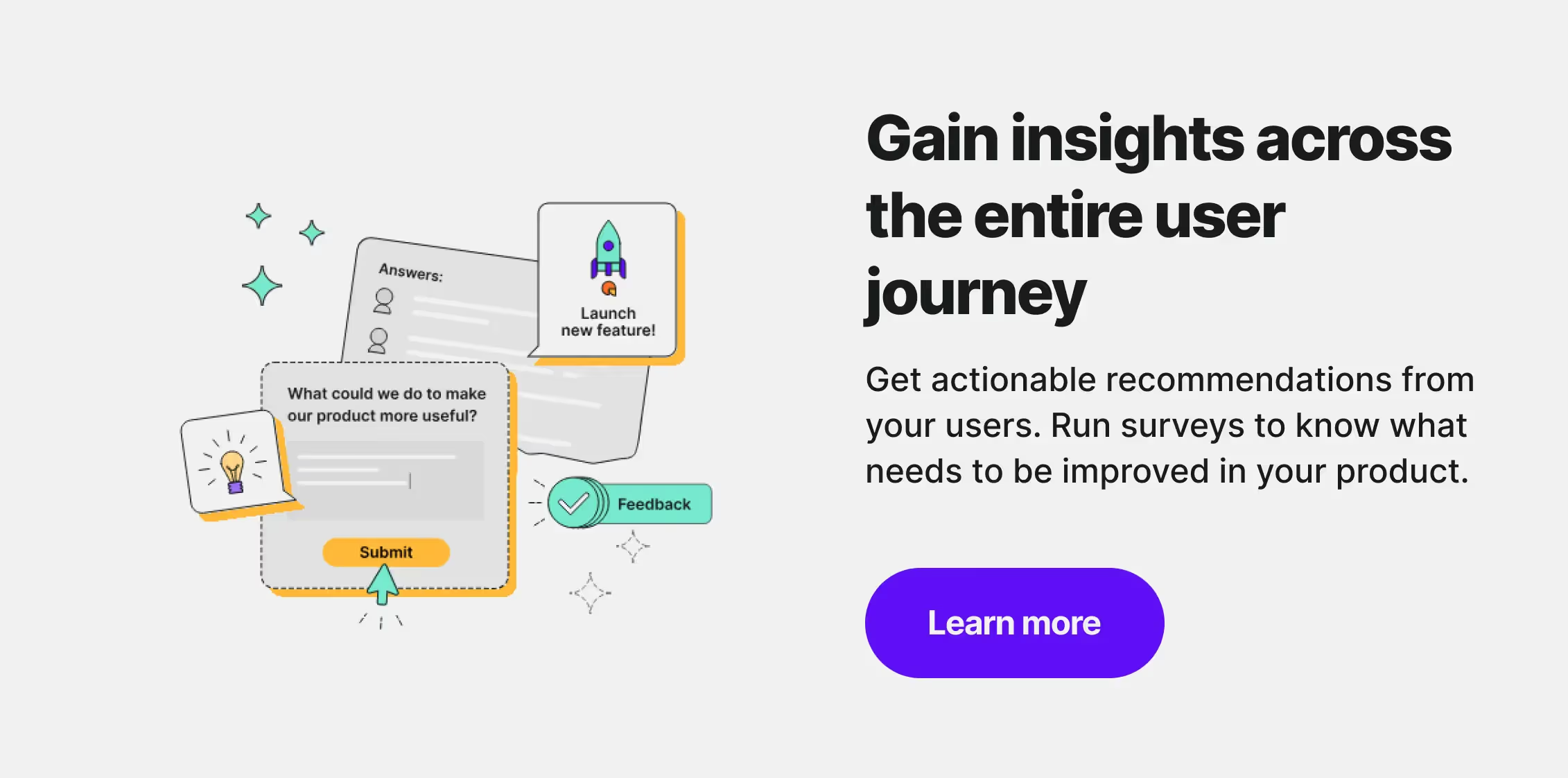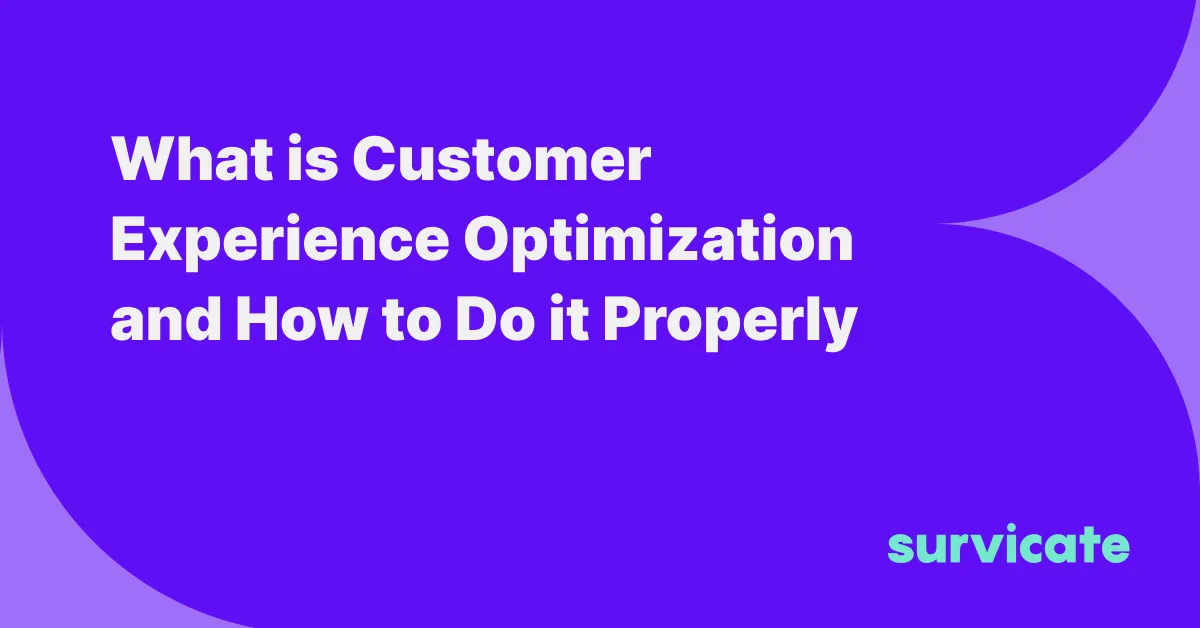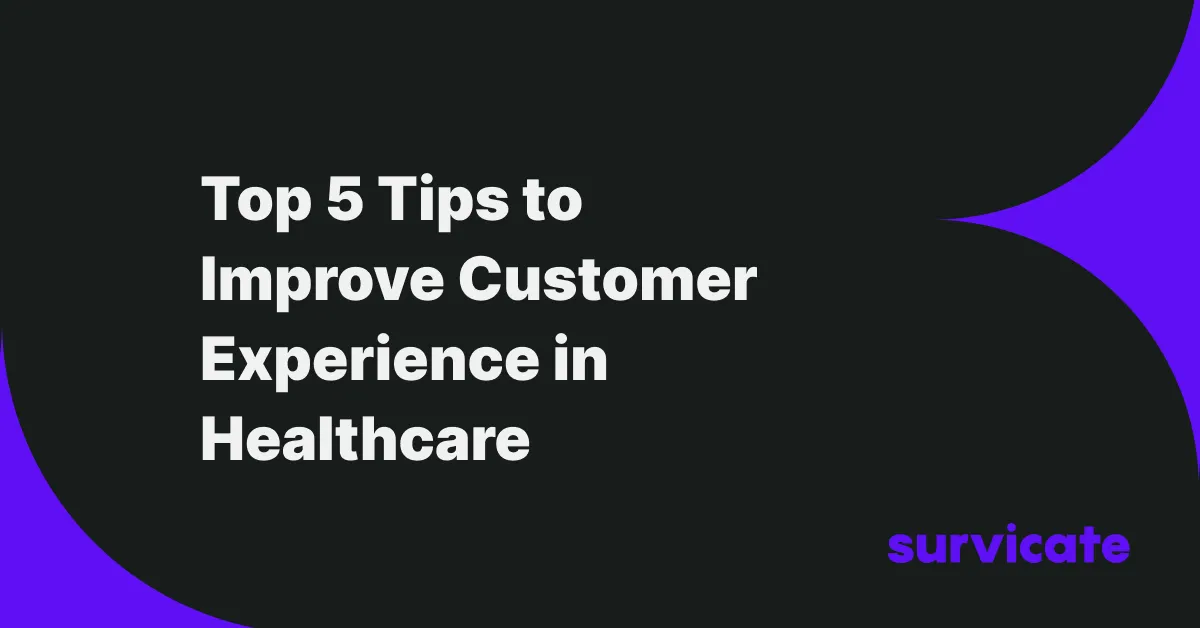Customer Experience (CX) has become one of the most important parts of any business strategy. Without a solid strategy in place, one might have a hard time acquiring customers.
However, User Experience (UX) is one of the most important components of CX. Therefore, you need to think hard about how to create a well-designed and efficient UX.
A survey conducted by Segment reveals that as much as 49% of buyers make impulse purchases after a personalized customer experience. Moreover, according to a survey by BizFeel, 57% of consumers prefer online shopping to physical purchases. Clearly, user experience is now more important than ever, especially when it comes to increasing conversions and ultimately, revenue.
A poorly-designed user experience (UX) deters the users, so it is only logical to work hard on that part of your digital footprint. According to MeasuringU, a staggering 85% of all UX issues can be resolved by performing a usability test on a group of five users. And according to VitaminT, developers actually spend half of their time dealing with UX problems that could have been easily avoided.

UX and CX
User Experience (UX) is all about the interaction between the users and your products or services and the overall experience users get from that interaction. We usually measure UX with metrics such as time to complete a task, clicks to completion, success rate, abandonment rate, etc.
Customer experience (CX) is reflected in the quality of interactions a customer has with your brand. We can measure customer experience by looking at a customer’s overall experience and likelihood to continue to interact with and recommend your brand to others. So, CX encompasses UX and contains aspects that go outside of the product or service.
Great CX requires a well-designed UX
UX is a smaller part of CX, but this doesn’t mean we should neglect optimizing it. In fact, great UX is one of the most important ingredients of a solid CX strategy.
You might have awesome branding, great presence, and high-quality services, but if a customer can’t navigate your website properly, chances are they will head over to your competitors. Remember to optimize your website or app with the users in mind.
Focusing only on UX is insufficient if you want to create a bulletproof CX strategy. Even if a website or app is extremely user-friendly, fast and intuitive, if you don’t have other CX components in place, you will lose customers.
For example, if you get a user to buy your products but offer them unreliable customer service or make them wait in line for long periods of time, the customer will feel disappointed. You will have satisfied customers if both UX and CX are working together toward the same goal.
UX Design Best Practices
Customer experience encompasses user experience. Therefore, we need to focus on the UX part of web design to ensure a well-optimized CX.
The users are more likely to remember the experience they had with a website than the data they encountered. That’s why all of your interactive elements such as text, layout, and graphics, should all work together toward creating a better user experience.
Competition is huge these days and you need to create a website that stands out from the crowd but is user-friendly at the same time. Here are some of the best practices when it comes to UX design:
- Simplicity - Most users take half a second to scan a website so you need to make the design clear and simple.
- Visual hierarchy - Focus the users’ attention on important page elements by highlighting the ones you want to put forward.
- Common design elements - You don’t want to strain your users by enforcing complex design solutions for them to figure out. Keep it simple and try creating a balance between creativity and common design elements.
- UX factors - UX design should be useful, usable, desirable, findable, accessible, and credible.
Choosing and Observing UX and CX Metrics
Choosing and observing UX and CX metrics will help you immensely on your path toward satisfying your customers. Let’s take a look a some of the metrics you want to keep track of.
CX metrics
- Net Promoter Score (NPS) - NPS is a well-known customer experience metric that holds power to this day. Survey your customers on how likely they would be to recommend your product or service to their contacts. After getting survey results, you should classify the customers as either promoter (will gladly promote your brand), passive customers (satisfied but susceptible to competitors), and detractors (unsatisfied customers who will damage your brand). To calculate your NPS, subtract the percentage of detractors from the percentage of promoters. You can get your free NPS survey template below.
Free NPS Survey Template
- Customer Satisfaction (CSAT) - This is an important metric that measures customer satisfaction levels. For CSAT, you will also mostly use surveys to ask questions such as “How satisfied are you with the product?”. You are advised to let correspondents give rate their answers in a 1-10 range. You can use multiple questions on a single survey. The CSAT scores are calculated as percentages and you will get them by taking the number of satisfied customers, divide it by the number of responses, and multiply the number by 100. Here’s a free CSAT survey template by Survicate to get started.
Free CSAT Survey Template
- Customer Effort Score (CES) - This one could easily go in both CX and UX categories. CES is a customer service metric and it deals with the quality of the user experience a customer has with a product or service. Customers are invited to take the CES survey, usually being asked to rank their experience on a seven-point scale which ranges from “Very Easy” and “Very difficult”.
Free CES Survey Template
UX Metrics
Like CX metrics, these insights are extremely valuable. After all, this is the only way to find out whether your UX is really working or not.
- Usability metrics reveal how easy consumers can achieve their goals. This includes metrics such as task success rate, time on task, ease-of-use, searching vs. navigating, icon recognition, etc. Additionally, these could also include confusing event streams, hesitation, frustration, etc.
- Engagement metrics reveal how much attention users give to a website or app, the amount of time they spend interacting with it, time spent in the flow state, how it makes them feel, etc. Time is an important factor here as well in combination with scrolling metrics, page views, an event stream, etc.
- Conversion metrics is probably the most important but they focus on a small percentage of consumers who might commit to your website or are thinking about increasing engagement. This metric can help us notice the patterns in the data we gather and changes over time of use.
Create Memorable Customer Experiences with Survicate
CX has become one of the most important parts of any business strategy. Without a solid strategy in place, one might have a hard time acquiring customers. However, UX is one of the most important components of CX. Therefore, you need to think hard about how to create a well-designed and efficient UX.
Learn about the difference between UX and CX and how one might influence the other. This will give you huge insights into the relationship between the two.
Focus on creating a user experience that follows all the best practices.
One of the best ways to discover how your users really feel about your website or product is simply by asking them in a survey, Now, you can collect up to 25 survey responses and get access to over 30+ native integrations on Survicate's 10-day free trial. Sign up today and start creating delightful experiences powered by customer insights.

.avif)






.webp)


.webp)


.svg)

.svg)



